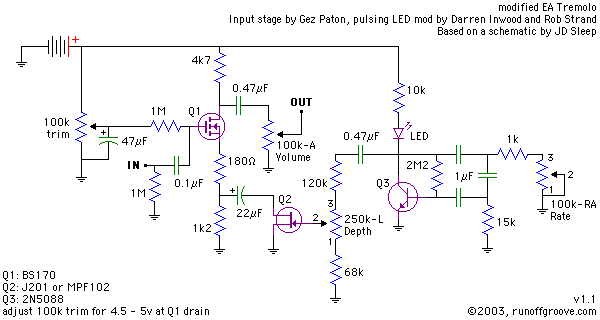The model I used (a Canon) isn't really made any more, either. My dad gave it to me for Christmas several years ago because it sounded better than the newer models, even the nicer camcorder he had. I don't like doing iPod videos, which is really my only other option at this point, and replacing it with something proper isn't really in the cards. And I have previously gotten supremely frustrated trying to do video editing of any sort on my minimac or I wouldn't care what was capturing the footage as long as I could mic the cabinet.
It was not a good camera. I never had the power adapter for it, so I had about 30 minutes of battery life at any given point. It used a USB card and the biggest one I had that worked in it was only 8GB, so I had exactly 13 minutes and 47 seconds available to get a demo right. And of course it compressed the sound and even did weird zoomy things when the auto focus got confused. These limitations really informed how I decided to do demos, which was more of a review of the circuit and functions and what the pedal was capable of rather than a demo of how it exactly sounded.
I'm kind of thinking this might mean the end of my video demos.
I'm not looking for sympathy, but given the time span since I last posted a video, I thought some explanation might be in order, even with the sparseness of my build output the last year while I focused on studio stuff.
It was not a good camera. I never had the power adapter for it, so I had about 30 minutes of battery life at any given point. It used a USB card and the biggest one I had that worked in it was only 8GB, so I had exactly 13 minutes and 47 seconds available to get a demo right. And of course it compressed the sound and even did weird zoomy things when the auto focus got confused. These limitations really informed how I decided to do demos, which was more of a review of the circuit and functions and what the pedal was capable of rather than a demo of how it exactly sounded.
I'm kind of thinking this might mean the end of my video demos.

I'm not looking for sympathy, but given the time span since I last posted a video, I thought some explanation might be in order, even with the sparseness of my build output the last year while I focused on studio stuff.

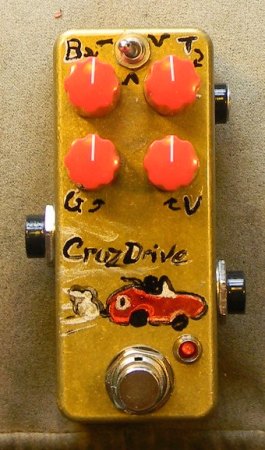
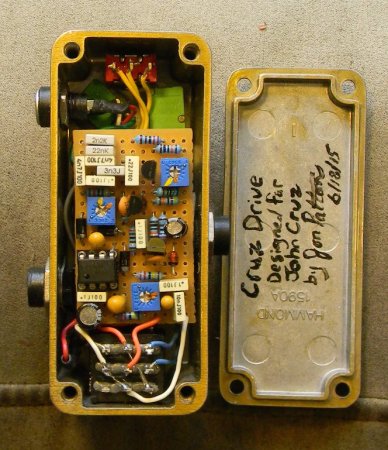
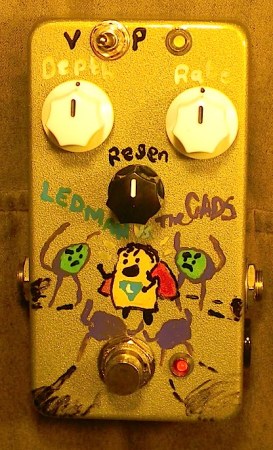

















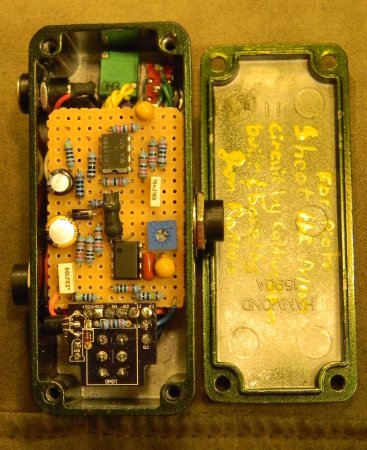


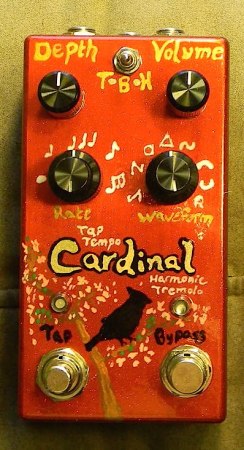




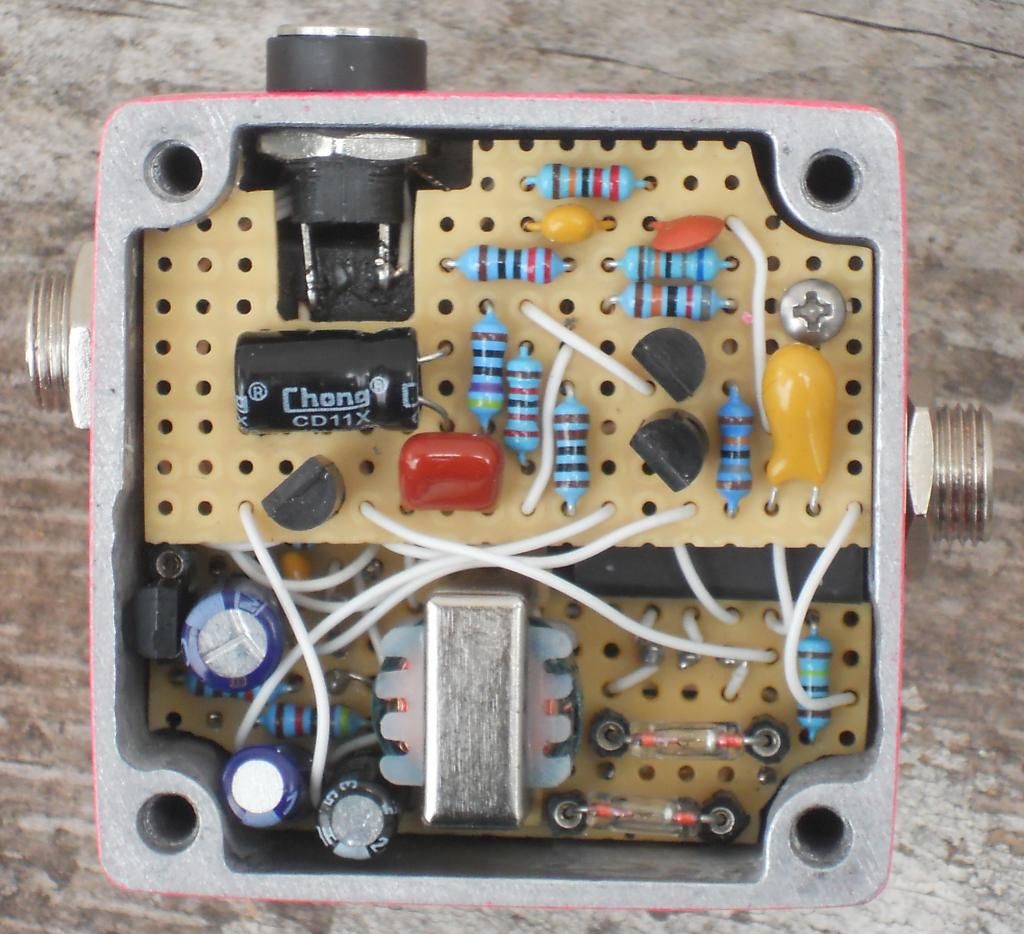


 The cobbler's children always go barefoot.
The cobbler's children always go barefoot.


